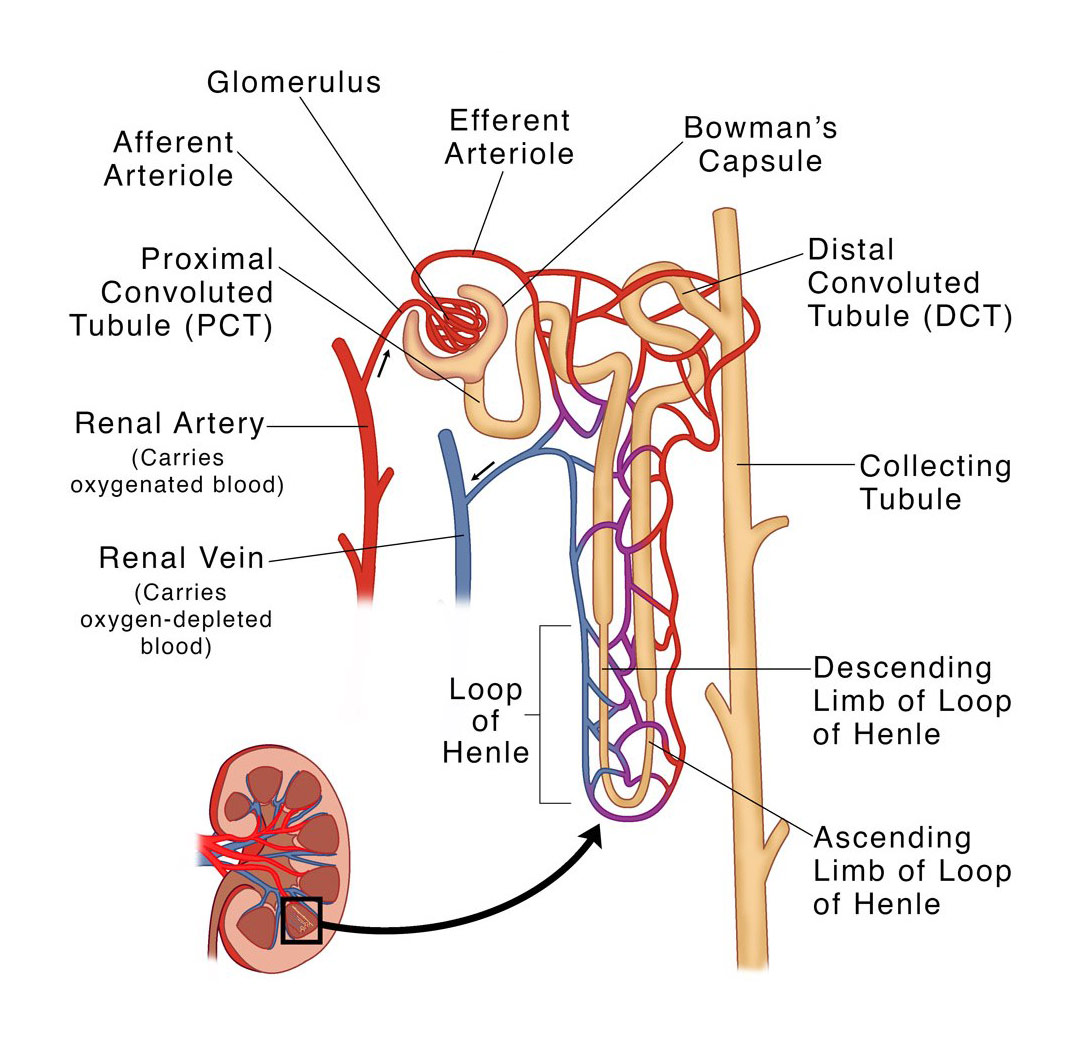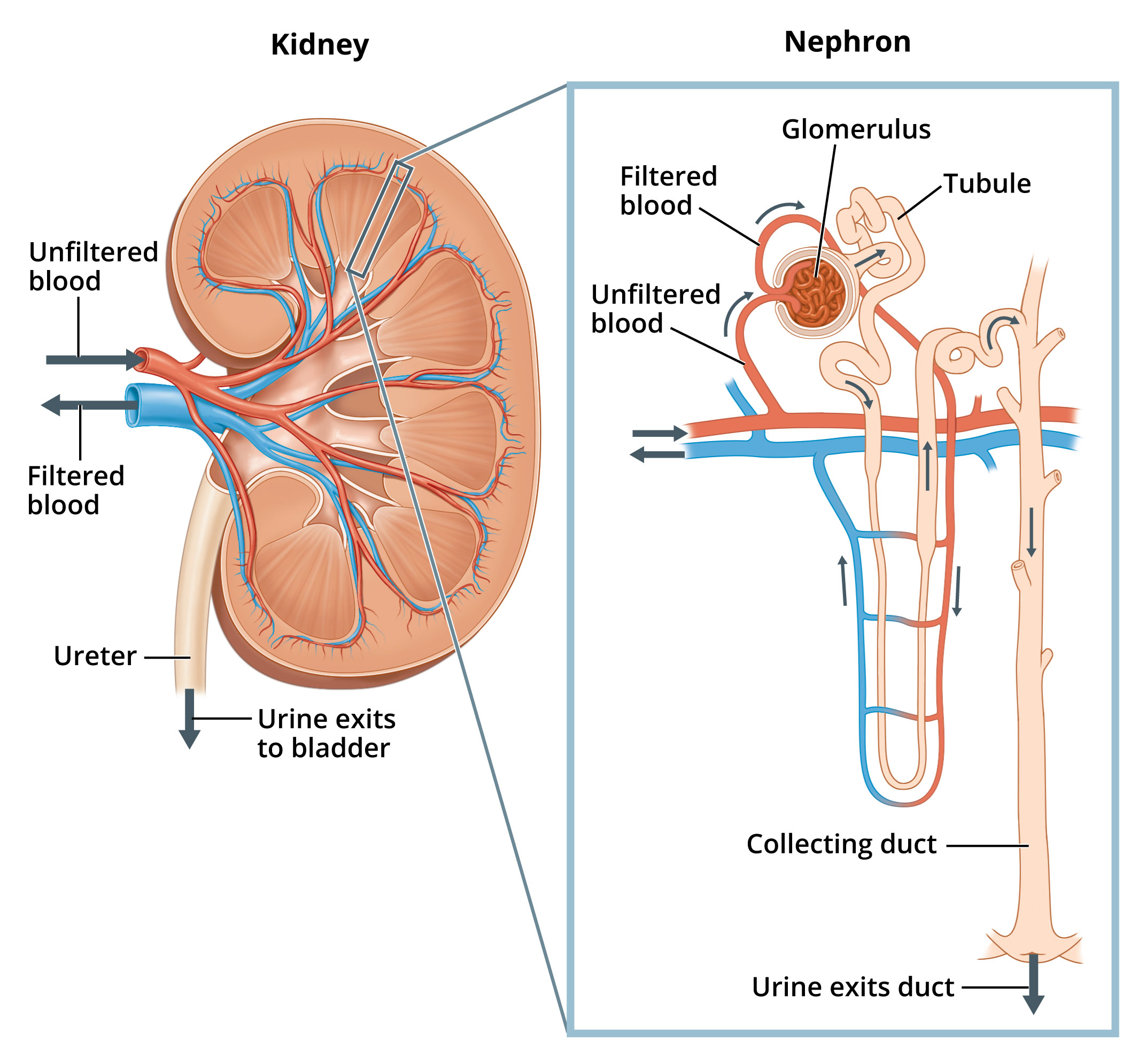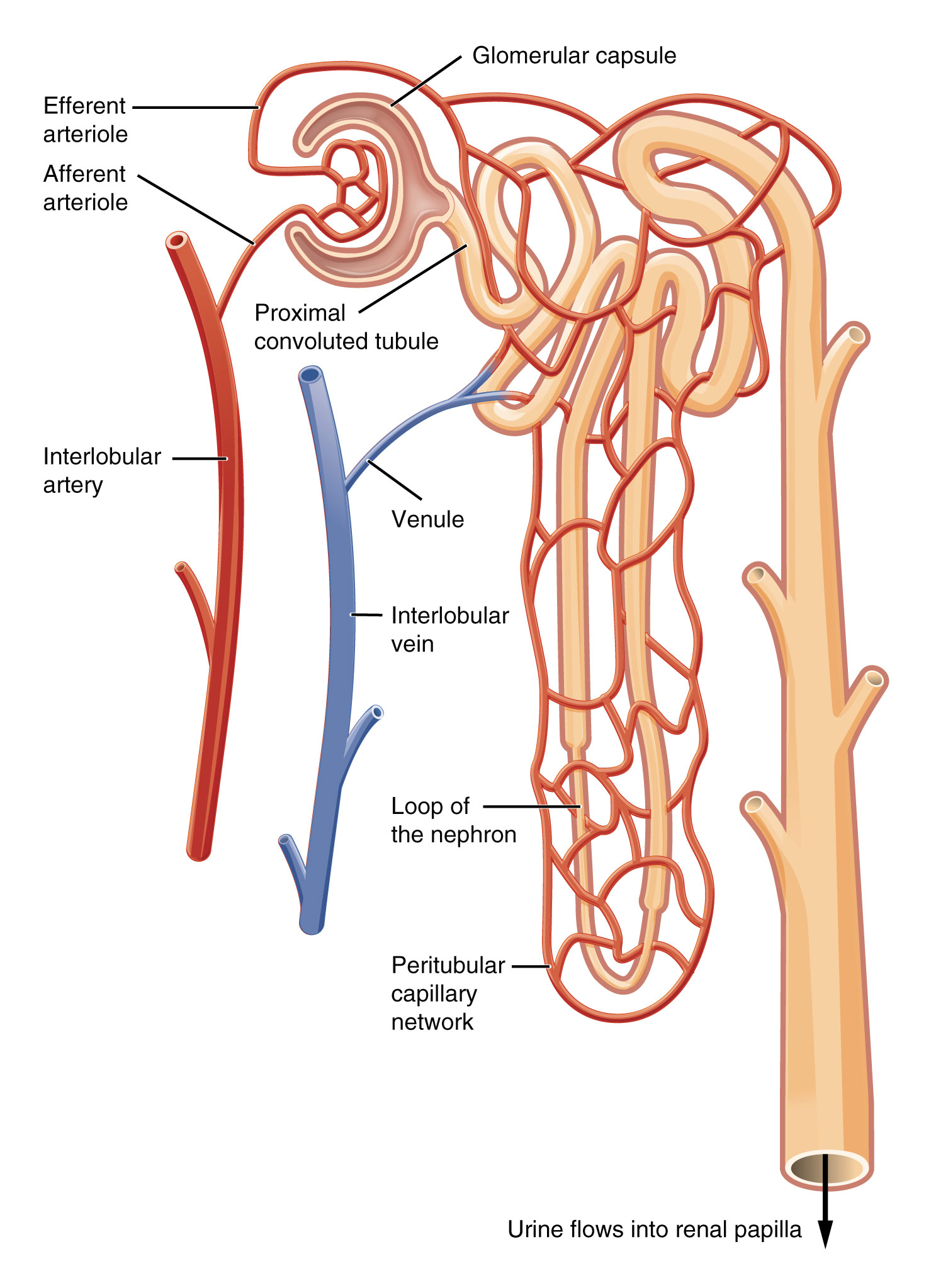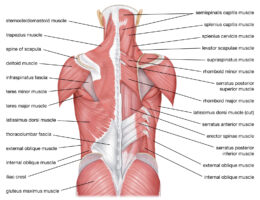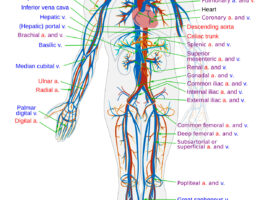The nephron is the basic structural and functional unit of the kidney, responsible for filtering and purifying blood. A labeled diagram of a nephron may include the following parts:
- Glomerulus: A network of capillaries where blood is filtered.
- Bowman’s capsule: A cup-shaped structure that surrounds the glomerulus and collects the filtered fluid, called filtrate.
- Proximal convoluted tubule: A twisted tube that reabsorbs most of the water and essential nutrients, such as glucose and amino acids, from the filtrate.
- Loop of Henle: A hairpin-shaped tube that further reabsorbs water and salt, and establishes a concentration gradient in the kidney.
- Distal convoluted tubule: A twisted tube that selectively reabsorbs and secretes ions to fine-tune the composition of the filtrate.
- Collecting duct: A duct that receives filtrate from multiple nephrons and carries it to the renal pelvis.
- Renal pelvis: A funnel-shaped structure that collects urine and transports it to the bladder.
The nephron is a highly specialized structure that plays a crucial role in maintaining fluid balance and removing waste products from the body. The glomerulus filters blood and produces a filtrate that is modified as it travels through the various segments of the nephron. The final product, urine, is a concentrated solution of water, salts, and waste products that is eliminated from the body. Dysfunction of the nephron can lead to a variety of kidney disorders, including glomerulonephritis, nephrotic syndrome, and acute kidney injury.
